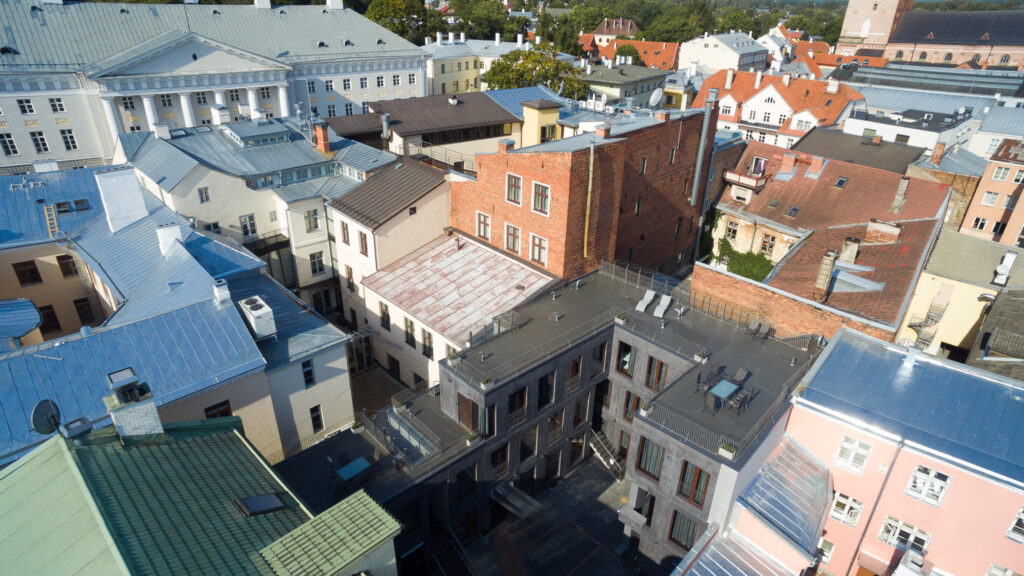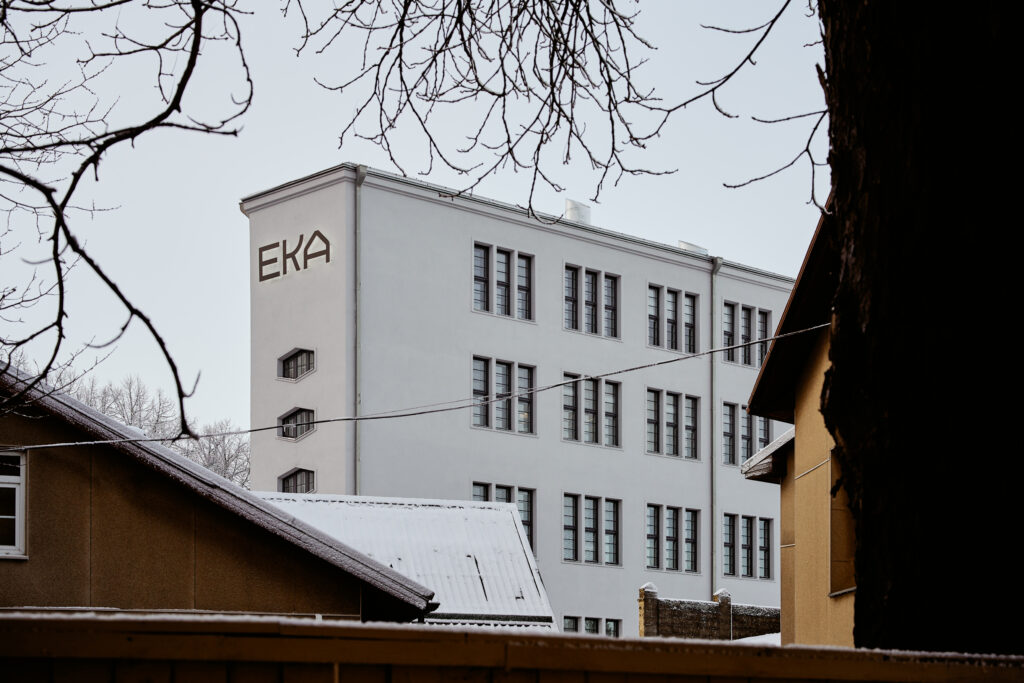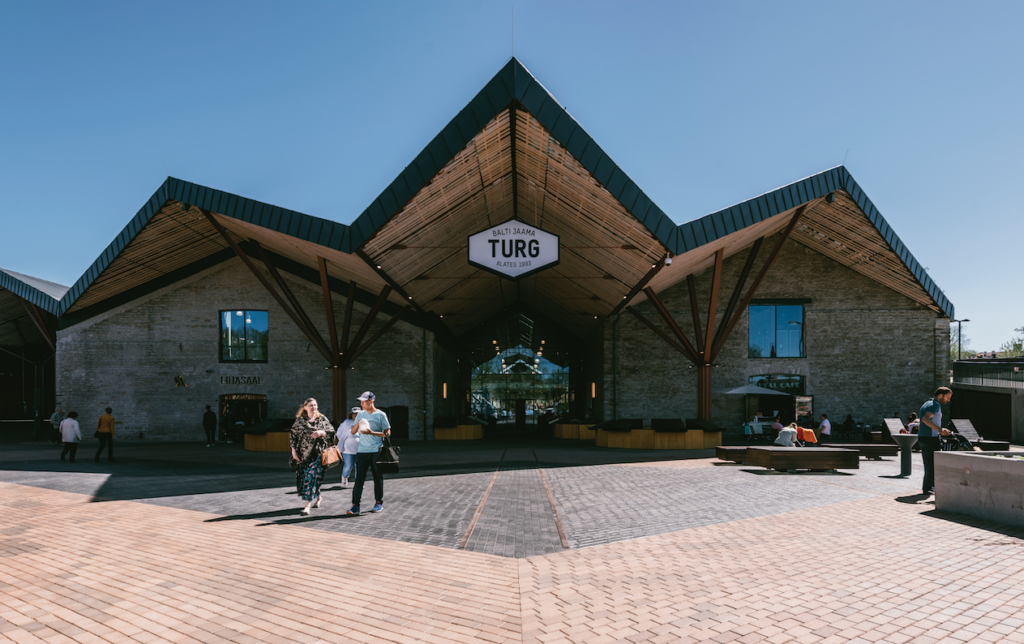ARCHITECTURE
‘We had completed our design submission for an architectural design competition. The detailed plan determined the building’s shape, roof pitch, roof height, eave height, the choice of building materials, entrance to the lot, the parking space of its residents and the client also provided us with a specific layout for rooms. We thought we had quite a decent building. Then an architecture student appeared and asked: ‘Well, what is the concept of this building...?’’
In recent years, environmentally sensitive apartment buildings have been constructed in Tartu city centre that timidly yet vigorously test the boundaries of the current way of life.
Love is emanating from this building. The new building of the art academy on the edge of Kalamaja in Tallinn has architecture which is carefully thought through and gives a positive boost to the future of Estonia’s principal institution providing higher art education.
The urban festival UIT was looking for installations that would correspond to the main theme of the festival “An Encounter with a Stranger”. We were interested in strangeness as a feeling or phenomenon and we mainly focussed on the creation of an atmosphere rather than a meeting place.
The centre dedicated to the composer Arvo Pärt is loaded with many different expectations which set very high standards for the architecture. A successful architectural space not only provides a particular set of facilities, but also functions as an abstract machine, a means to contemplate our place in grander schemes of things.
Strict special conditions set by the National Heritage Board have ensured excellent renovation results but not the thunderbolt contemporary solution on a par with the original.
I am certain that, if we had had to go through the procedure of preparing a detailed plan, we would not have achieved a comparable result. The more time-consuming procedure would probably have yielded a ‘heftier’ solution in terms of urban development as a compensation for the profits lost by undeveloped property. At any rate, the future would have arrived several years later.
I have failed to notice, in all those nostalgic reminiscences about the old Baltic Station market, has anyone shown any interest in whether the sellers themselves actually enjoyed spending time in this environment?
Elering’s new office building is technically a reconstruction, an extension. Although everything is new, the small remaining part of the former structural frame came to define the building’s location as well as its overall height and width. It is actually the old building extended by three times, a simple rectangle with two particular islands in the middle of the office spaces located along the perimeter. The former atrium has become a secluded inner courtyard balanced by the second enclosed and highly secured control centre in the middle part of the extension.
Postitused otsas
ARCHITECTURE AWARDS














